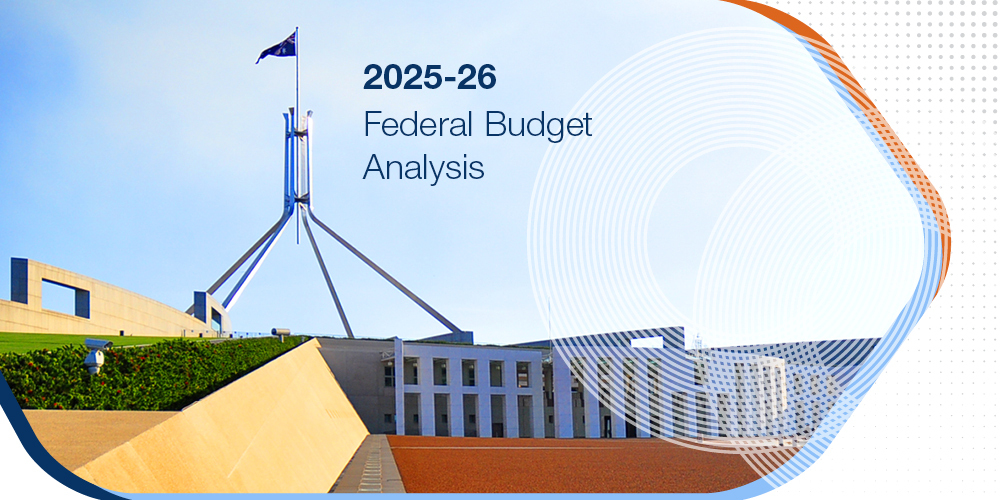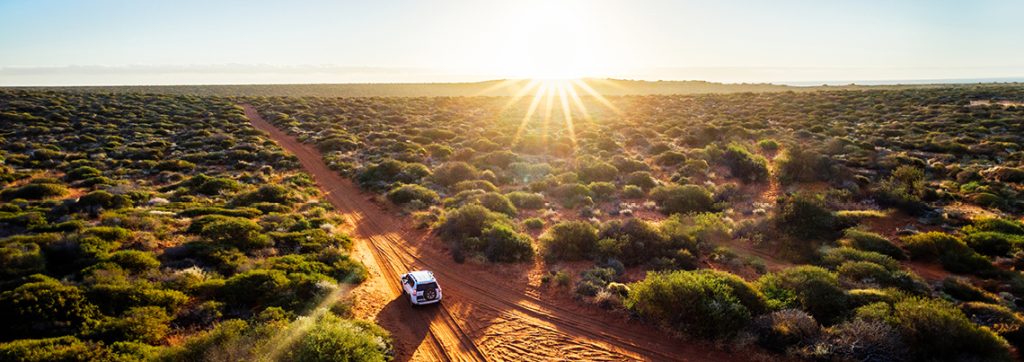SWP Newsletter – September 2025

A higher-than-expected jump in inflation figures may prompt the RBA keep interest rates on hold at this month’s meeting. Headline CPI climbed to 2.8%, up from 1.9%. The trimmed mean, the RBA’s preferred gauge of underlying inflation, also rose to 2.7% in July from 2.1% in June.
Markets responded cautiously, though the S&P/ASX 200 still edged higher for the month and notching another all-time high. The rally was driven by mining and banking stocks.
The unemployment dipped slightly to 4.2% in July and business confidence is upbeat. The number of Australian businesses rose by 2.5% over the past financial year to more than 2.7 million. Total wages and salaries increased 5.9 per cent year-on-year. The momentum appears to be lifting consumer sentiment with the Westpac-Melbourne Institute Index posting a solid gain 5.7% in August, a 3.5 year high.
As Aussie dollar finished the month at US65c and continues to be shaped by global factors.
In the US, the S&P 500 hit records highs, led by tech giants, as investors weighed tariff impacts and speculated on future rate cuts.

















